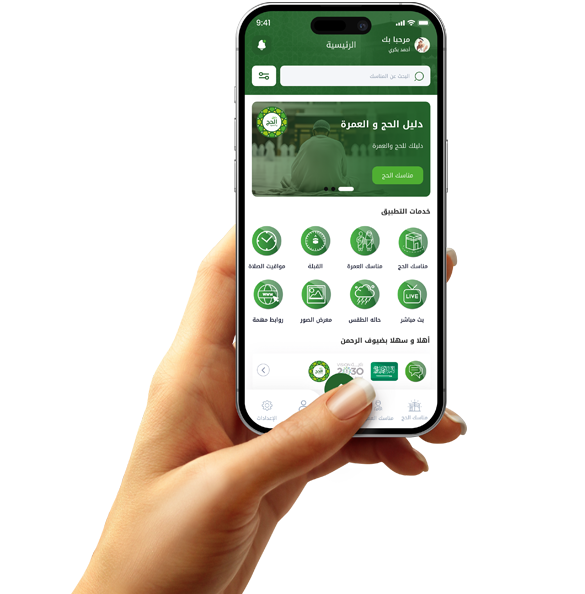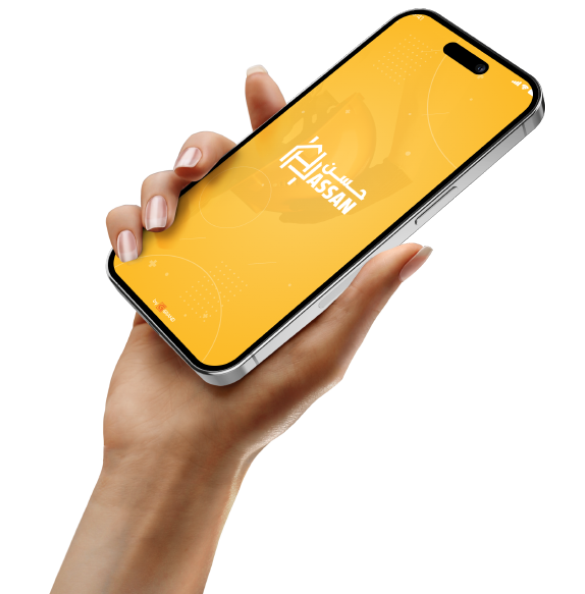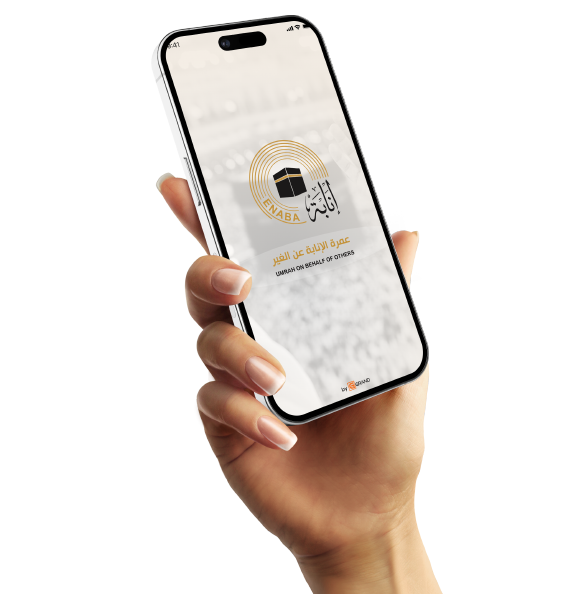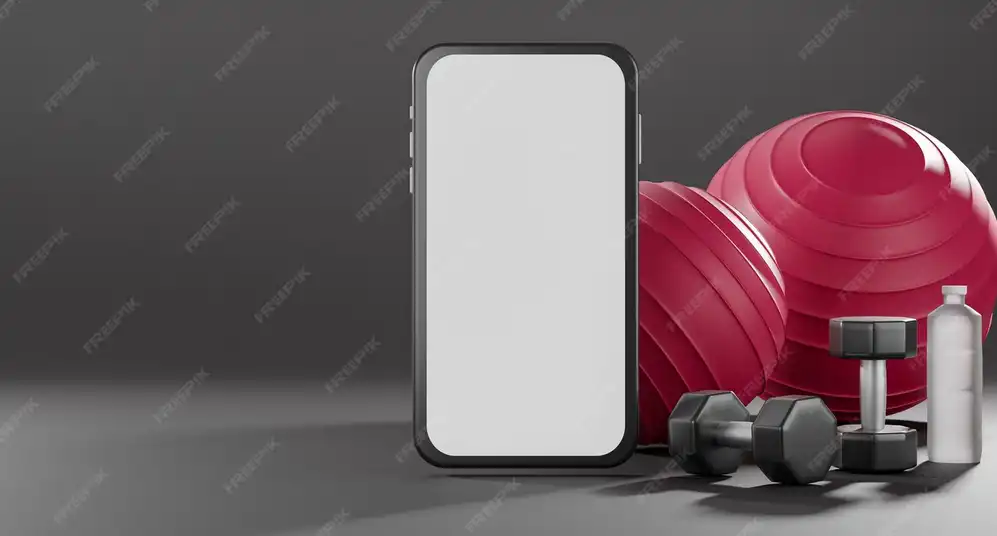Best Practices for Designing Smartphone App Interfaces

The importance of simplicity in designing smartphone application interfaces
Designing application interfaces is one of the most important factors for the success of the application, and our interest in simplicity in design plays a major role in improving the user experience. Simple interfaces make interaction with the application easier and faster, and help the user access the required functions without complexity. Simple design helps reduce visual clutter and contributes to accelerating the application learning process. Also, simplicity contributes to improving the application's performance because it runs faster and consumes fewer resources, which enhances the overall user experience. In simple design, we must focus on using colors and fonts in a thoughtful manner and avoid adding unnecessary elements. When we simplify navigation between screens, the application is more effective in providing its services, which increases user satisfaction and enhances the application's chances of success in the market.
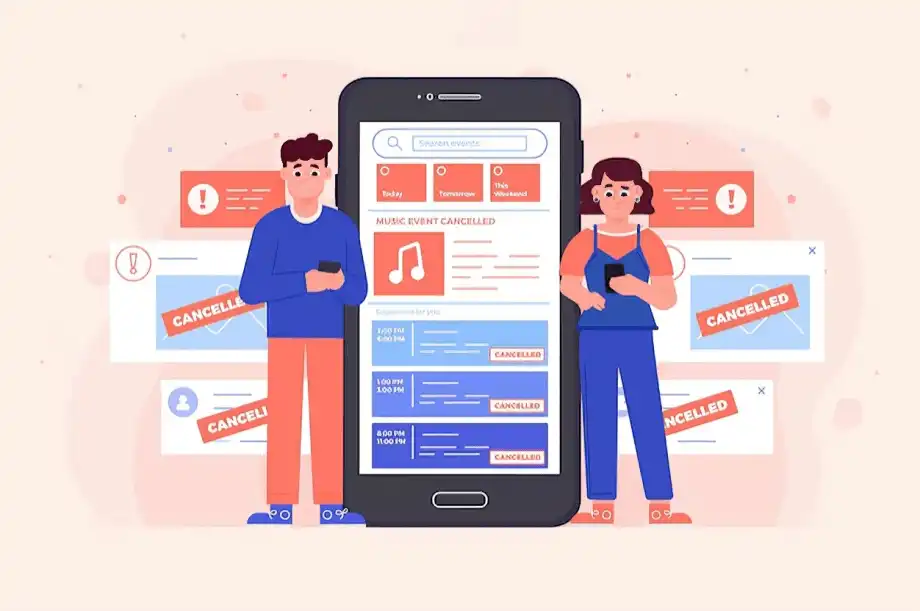
Improving the User Experience in Smartphone Applications
User Experience (UX) is one of the essential factors in the success of any smartphone application. To improve the user experience, we must focus on several basic aspects, such as the speed of the application and ease of interaction with it. First, the application interface must be simple and clear so that the user does not need a long time to learn how to use the application. Also, the application must be quick to respond and not delay in loading content or executing commands. Second, navigation between screens must be smooth and easy. If the application contains multiple screens or functions, we must arrange them logically so that the user can move between them easily. By improving these aspects, we can improve the user experience and make the application more attractive and effective.

Ensuring fast performance in smartphone applications
Speed performance is an important factor in designing smartphone application interfaces. Users prefer applications that run quickly without delay, and if the application is slow, it negatively affects their experience and may cause them not to use the application again. To achieve fast performance, we must focus on improving the application code and ensure that operations are carried out efficiently. One important tip for achieving fast performance is to optimize images and media within the application so that they load quickly without affecting their quality. We must also use techniques such as caching to improve the speed of downloading data from the network. Reducing the use of resources, such as memory and processor, also helps ensure that the application runs quickly and efficiently.

The impact of smartphone application interface design on customer satisfaction
The design of application interfaces has a direct impact on customer satisfaction. If the application interface is beautiful and easy to use, this creates a positive impression on the user and increases the likelihood of using the application continuously. Good design helps make interaction with the application enjoyable, which enhances the overall user experience. In addition to aesthetics, we must focus on the basic functions that the user needs. An application that provides a comfortable and easy user experience ensures customer satisfaction and increases their loyalty. By listening to user opinions and modifying application interfaces based on these opinions, we can increase customer satisfaction and enhance the application's chances of success in the market.







